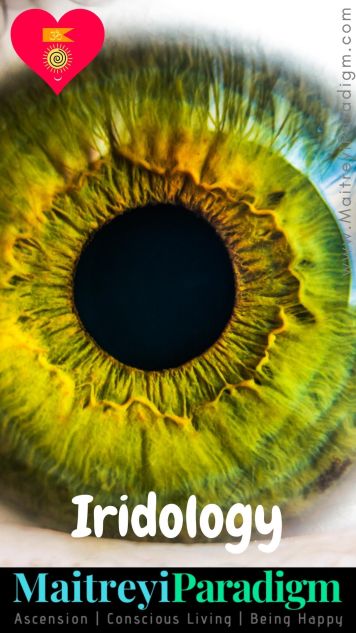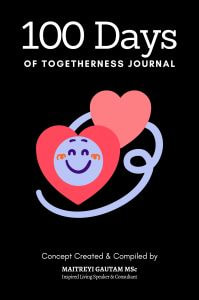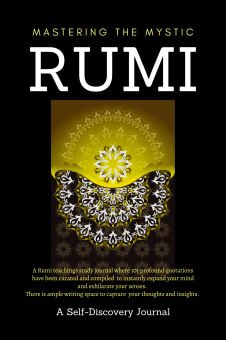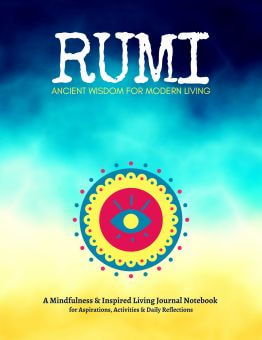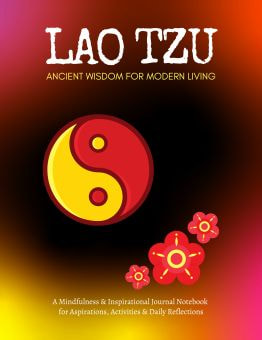Iridology has been around for over 2000 years with records found in Chinese and Egyptian history. In the 1800’s, Ignaz von Peczely developed iridology into a modern science in Hungary. He began mapping out charts of the eyes that are still used today.
The eyes have a lot of detail such as the pigmentation, pupil shape and size, fiber structure, color, the white of the eye and many more details that help practitioners learn about their patients. The various parts of the body are clearly indicated in the eye, as depicted in various charts. Iridology does not give a diagnosis but it does help the patient realize what the root of the problem can be and offers lifestyle advice for improvement.
If brain function isn’t up to par, the body is extremely toxic, there is accumulation of heavy metal - these can be determined and explained by the practitioner. Using this information allows the practitioner and the patient to work on strengthening the damaged areas to restore balance and function.
Patients that undergo an iridology session tend to be quite pleased with the results and find that the explanations given by the practitioner to be accurate and honest. Some patients that have an iridology assessment end up using western medicine to treat the problem, which they wouldn’t have been able to do because it was unclear what the actual problem is. Practitioners do not judge their clients and instead adapt to their client's needs and lifestyle, but they do offer advice and suggestions.
After the iridology session, it is completely up to the patient to figure out how they want to approach the problem. Some return for further sessions to see if their health is improving. One session is often enough for patients to determine what they would like to do and how they can improve.
continue reading...
| |

